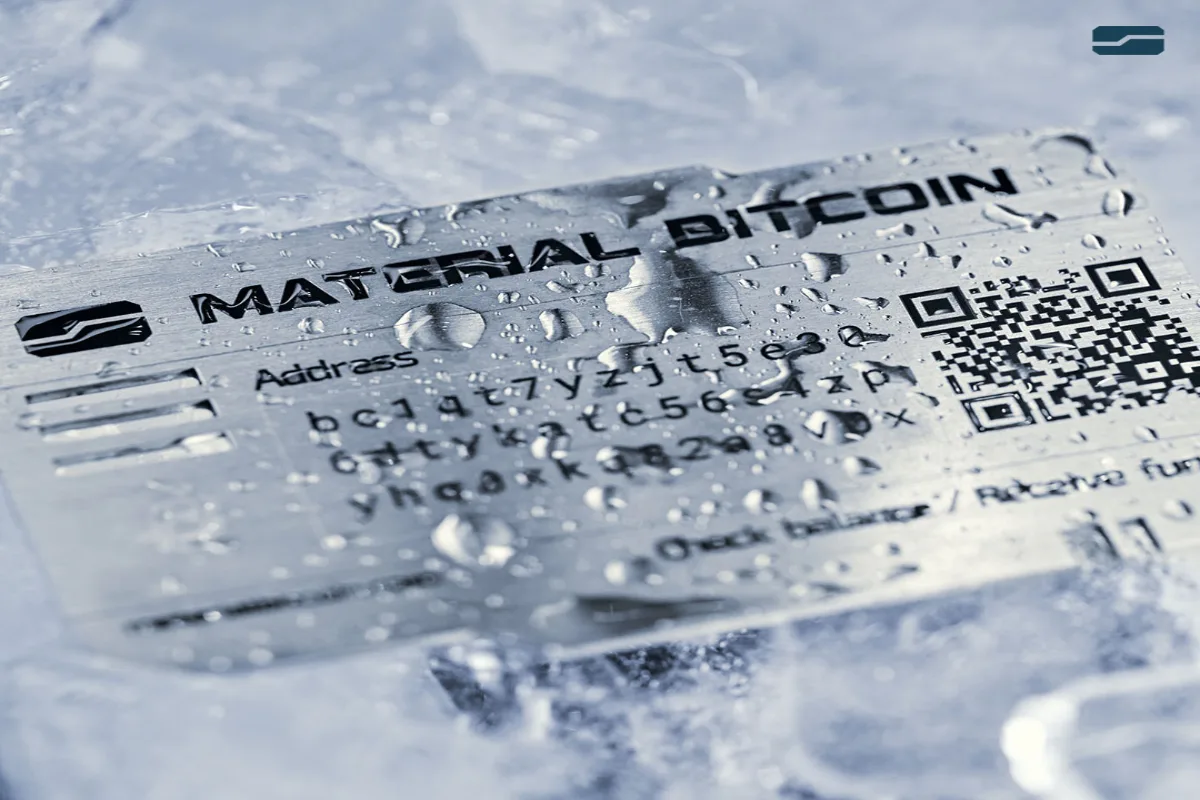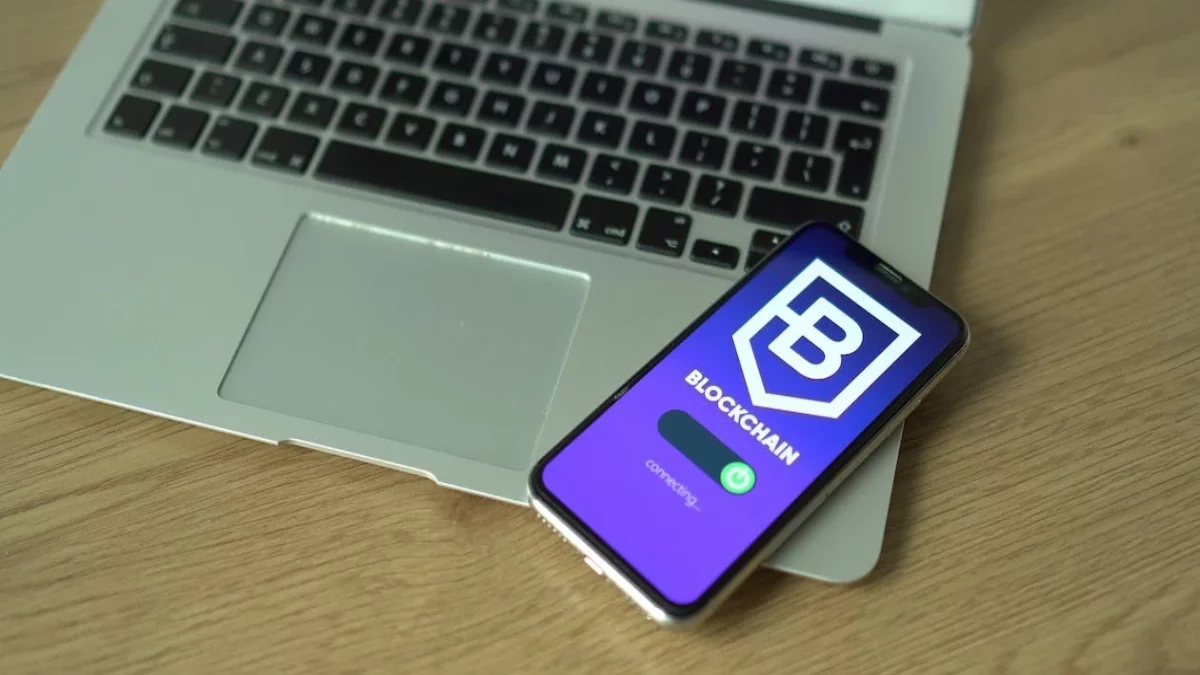Table of Contents
Introduction
Cryptocurrency wallets can be vulnerable to hacking, but the level of risk depends on the type of wallet. Software wallets on computers connected to the internet are most susceptible to hacking via malware or remote access. Hardware wallets are more secure since private keys are stored offline.
However, they can still be compromised if the device itself is hacked. The most secure wallets keep private keys offline in “cold storage.” While no digital system is 100% hack-proof, following best security practices like using strong passwords and enabling two-factor authentication can help protect crypto wallets from hacking. Overall, being proactive about wallet security is essential for protecting digital assets.
Common Wallet Vulnerabilities
Here is an overview of some common vulnerabilities that make crypto wallets susceptible to hacking:
- Software wallets on internet-connected devices are vulnerable to malware, viruses, and remote access hacking. Their private keys are stored digitally, making them easier targets.
- Web-based hot wallets connected to exchanges can be compromised via phishing, keylogging, or other web-based attacks. Hackers may gain login credentials and drain funds.
- Mobile wallets are exposed to many risks of regular smartphones, including malware and unstable WiFi/cellular connections. Their convenience also makes them more prone to physical theft or loss.
- Hardware wallets can be compromised if the physical device is hacked via backdoor access points or tampering. Supply chain attacks may also target devices before delivery.
- Paper wallets are vulnerable if the paper or written keys are stolen, photographed, or destroyed. They also rely on users properly securing the keys.
- Human error, such as entering seed phrases on fake websites, can lead to drained wallets, even without direct hacking.
Following best practices like using complex passwords, enabling two-factor authentication, and keeping recovery phrases safe and offline can help mitigate wallet vulnerabilities. However, caution is always warranted when handling cryptocurrency.
Types of Wallets
Here is a brief overview of the main types of cryptocurrency wallets:
- Software wallets – Apps that store private keys digitally on internet-connected devices like computers or mobile phones. Examples include desktop wallets like Exodus and mobile wallets like Coinbase Wallet.
- Web/Exchange wallets – Hot wallets provided by cryptocurrency exchanges and accessed via web browsers. Private keys are stored online. Examples include Coinbase, Binance, and Kraken.
- Hardware wallets – Store private keys on offline physical devices like USB drives. Offer enhanced security compared to software wallets. Examples include Trezor Ledger devices, material bitcoin.
- Paper wallets – Involve printing out private/public keys onto paper. Keys are generated and stored entirely offline.
- Cold storage wallets – Keep keys offline on devices like external drives or paper in secure locations. Most secure but less convenient to access.

The different wallet types offer tradeoffs between security and accessibility. Good practices around passwords, backups, and authentication are essential for security across all wallet types.
Hot vs. Cold: Choosing the Safer Path
Here is an overview comparing hot wallets vs cold wallets in cryptocurrency storage and security:
Hot Wallets
- Connected to the internet 24/7
- Offer convenient, instant access to funds
- Transactions can be quickly signed and broadcast
- Keys stored digitally on internet-connected devices
- More susceptible to hacking via malware, viruses, phishing, etc.
- Examples: software, web, mobile, and exchange wallets
Cold Wallets
- Completely offline with no internet connectivity
- Transactions must be signed offline before broadcasting
- Keys stored on offline hardware or paper
- Resilient against remote hacking risks
- Inconvenient for active trading or transactions
- Examples: hardware wallets, paper wallets, cold storage
Cold wallets provide the most secure option for significant holdings or long-term storage. Daily use funds can be kept in hot wallets for convenient access.
Following best practices around passwords, multi-factor authentication, and usage habits can help mitigate hot wallet risks. Utilizing both wallet types ultimately creates an optimal balance of security and convenience.
Can a crypto wallet be hacked?
Here is a concise overview of whether cryptocurrency wallets can be hacked:
While no digital system is entirely hack-proof, some crypto wallets are more vulnerable to hacking than others.
Wallets connected to the internet, like software, web, and mobile wallets, carry higher hacking risks from malware, phishing, and other remote attacks. Their digital storage of private keys makes them targets.
Offline wallets like hardware and paper wallets are more resilient to remote hacking, but physical theft/damage is still possible.
Practicing good security, like using unique solid passwords, enabling two-factor authentication, and keeping recovery phrases safe and offline, can harden wallets from many hacks.
But caution is still warranted as hacking threats are constantly evolving. Ultimately, proper wallet security comes down to the diligence of individual users.
Types of attacks on wallets and their significant growth
Here is an overview of different types of attacks on crypto wallets and the growth in these threats:
- Malware attacks using viruses, ransomware, and other malicious software to infect devices and steal private keys have increased as cryptocurrencies have grown more valuable. Trojan viruses masked as legitimate wallet apps are a common malware threat.
- Phishing attacks use fake emails or websites posing as legitimate services to trick users into entering login credentials or seed phrases, enabling wallet drainage. Spear phishing directly targets individual users.
- Social engineering exploits human error and gullibility. Hackers manipulate users into taking actions like downloading fake apps to steal keys.
- SIM swapping allows hackers to clone SIM cards and bypass two-factor authentication used to secure wallets.
- Supply chain attacks compromise wallets before delivery by tampering with hardware wallet production.
- Brute force attacks crack passwords by guessing millions of combinations quickly using specialized software.
As cryptocurrency adoption has increased over the years, hackers have grown more sophisticated and targeted in their approaches to exploit wallets. Users must be vigilant in protecting login credentials and seed phrases and enabling security features on their wallets.
How do you prevent attacks on your wallet?
Here are some tips to help prevent attacks on your cryptocurrency wallet:
- Use strong and unique passwords for each exchange and wallet. Avoid reusing passwords across accounts. Enable two-factor authentication wherever possible.
- Material Bitcoin is one of them – a safest bitcoin wallet wholly disconnected from the internet, without microchips and analog. Here is more information. Take a look at what Material Bitcoin has to offer and buy cold storage wallet.
- Be wary of phishing attempts via email, text, or phone calls asking you to click suspicious links or provide wallet login credentials. Verify sender addresses and websites.
- Only download wallets from official app stores or company websites you trust. Beware of fake wallet apps that may contain malware.
- Store your recovery seed phrase offline in a secure place. Never enter it on a website or share it with others.
- Use a hardware wallet for extensive holdings, as private keys are stored offline. Beware of supply chain attacks on delivery.
- Keep your software and apps updated to the latest versions. Updates often patch security risks.
- Be cautious when connecting to public WiFi or entering info on public computers, as they may contain malware.
- Turn on transaction notifications so you can identify any unauthorized activity promptly.
- Educate yourself on common wallet-hacking tactics used in social engineering and attacks. Stay vigilant.
Taking proper precautions can help safeguard your coins from the evolving threats targeting crypto wallets today.
Conclusion
While no digital wallet is 100% hack-proof, users can take steps to protect their assets and minimize risks. Using strong, unique passwords, enabling multi-factor authentication, practicing good opsec around seed phrases, avoiding phishing attempts, and utilizing cold storage for significant holdings are best practices for security.
Caution is warranted as hacking threats are constantly evolving. Ultimately, individual users’ proactive vigilance in security habits is essential for keeping cryptocurrency wallets and funds secure in the digital landscape.

